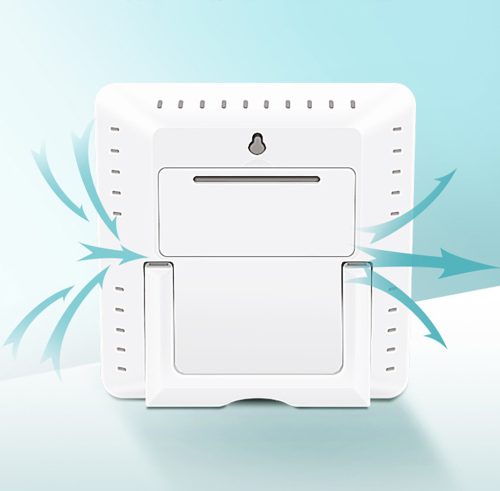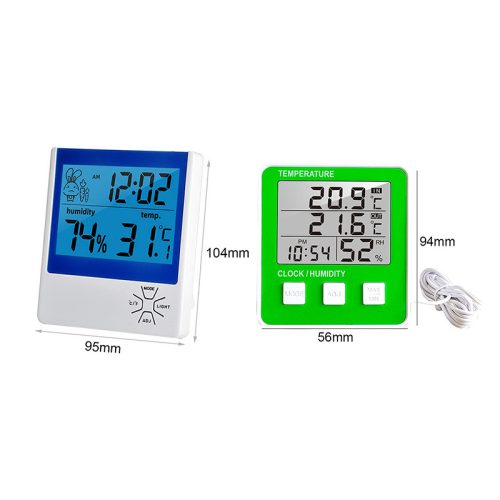As of my last knowledge update in January 2022, several infrared thermometers had been unveiled, showcasing advancements in technology and features. Here are a few examples:
- Smart Infrared Thermometers: Some companies introduced smart infrared thermometers equipped with Bluetooth or Wi-Fi connectivity. These devices allowed users to connect them to smartphones or other devices to track temperature readings, set reminders for temperature checks, and monitor health conditions over time. These smart thermometers often came with companion mobile apps for data management and analysis.
- Non-Contact Infrared Thermometers: Manufacturers unveiled non-contact infrared thermometers designed for public health applications, especially during the COVID-19 pandemic. These thermometers enabled quick and contactless temperature measurements, making them suitable for use in airports, hospitals, workplaces, and public spaces for fever screening.
- High-Precision Infrared Thermometers: Some infrared thermometers were developed with improved accuracy and precision, catering to medical and industrial applications where precise temperature measurement is crucial. These thermometers featured advanced sensors and calibration methods to provide reliable and consistent readings.
- Multi-Functional Infrared Thermometers: There were innovations in infrared thermometers integrating multiple functions beyond temperature measurement. Some models included additional sensors for measuring humidity, air quality, or even serving as thermal imaging devices for detecting temperature differences across surfaces.
- Compact and Portable Infrared Thermometers: Companies unveiled smaller, handheld, and portable infrared thermometers suitable for personal use, allowing individuals to monitor their body temperature conveniently. These compact devices were often battery-powered, making them suitable for use on-the-go.
- Wearable Infrared Thermometers: There were advancements in developing wearable infrared thermometers in the form of patches or small devices that could be comfortably worn on the body. These devices aimed to provide continuous temperature monitoring, particularly for medical purposes or health tracking.
Remember that advancements in technology and the unveiling of new infrared thermometers continue to evolve beyond the information available up to my last update in 2022. New features, improvements in accuracy, connectivity, and applications for various industries are likely to be introduced as technology progresses.


